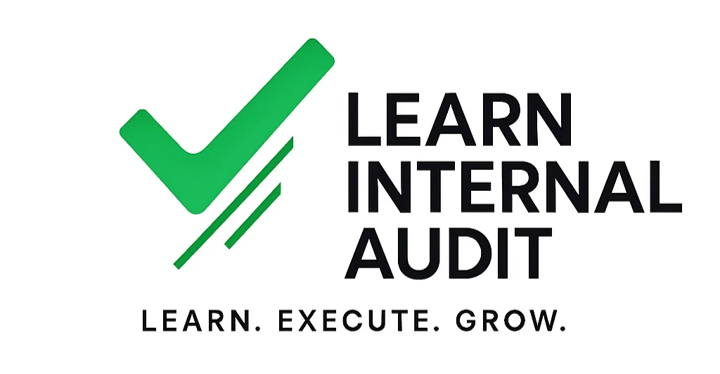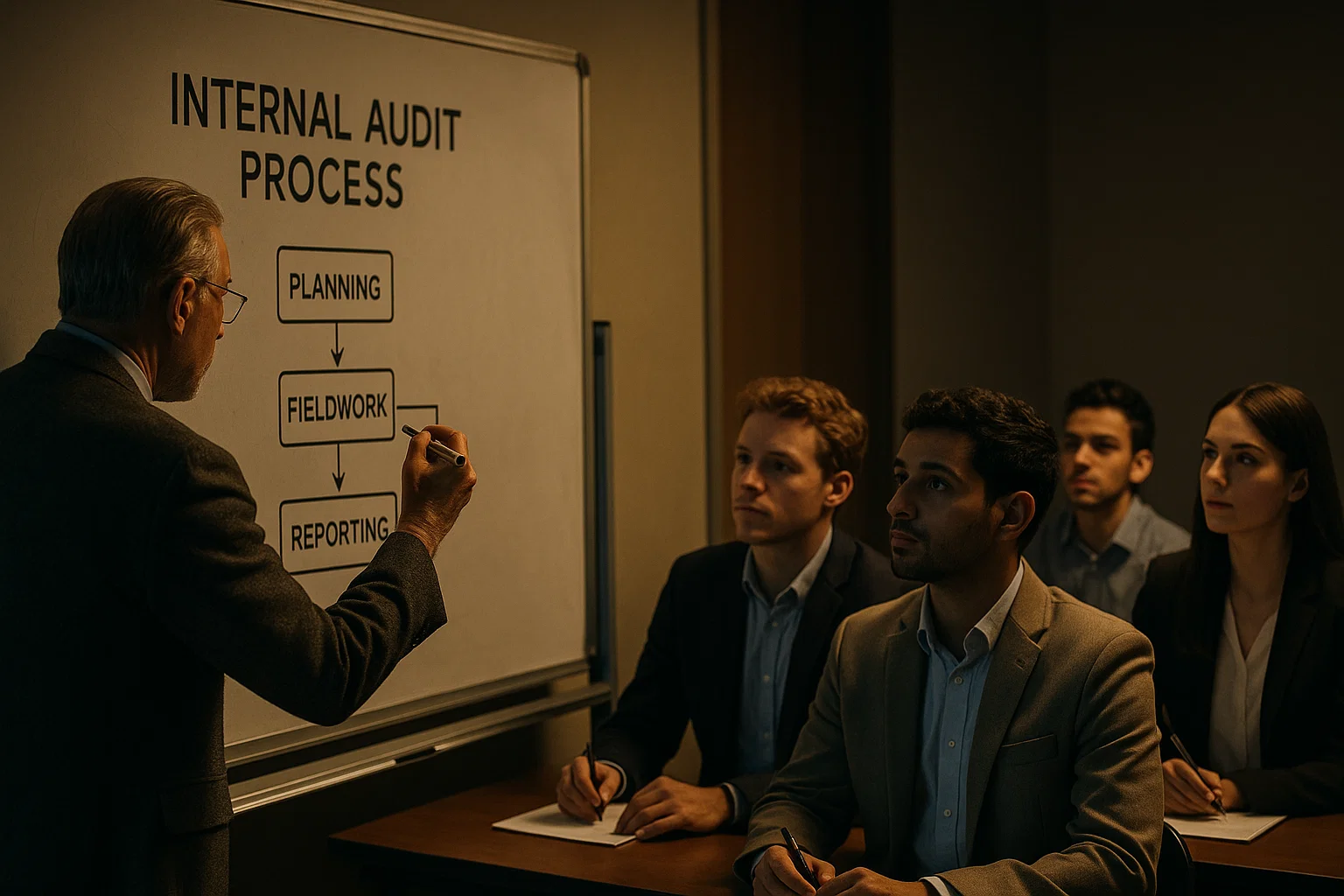Internal audits play a vital role in safeguarding an organization’s health and ensuring its smooth operation. They act as an independent, objective assessment function within a company, evaluating its processes, controls, and governance practices. But how exactly are these audits conducted? This article delves into the various stages of the internal audit process, providing a clear understanding of what internal auditors do and how they contribute to an organization’s success.
Understanding Internal Audits and Their Purpose
Before diving into the specifics of the internal audit process, it’s crucial to establish a clear understanding of what internal audits are and their significance. In essence, internal audits are independent, objective assessments conducted within an organization by qualified professionals. These professionals, known as internal auditors, are employed by the organization itself and report to senior management or an audit committee.
The primary objective of internal audits is to improve an organization’s operations, risk management, and governance. Internal auditors achieve this by:
- Evaluating the effectiveness of internal controls: They assess whether the organization’s controls are adequately designed and implemented to mitigate risks, safeguard assets, and ensure accurate financial reporting.
- Identifying areas for improvement: Internal audits go beyond simply identifying shortcomings. They also recommend corrective actions and process enhancements to strengthen the organization’s overall effectiveness and efficiency.
- Promoting good governance: By fostering a culture of accountability and transparency, internal audits contribute to sound corporate governance practices.
The Internal Audit Process: A Step-by-Step Breakdown
The internal audit process typically follows a well-defined structure, ensuring a comprehensive and systematic evaluation. Here’s a breakdown of the key stages involved in the internal audit process:
1. Planning and Scoping:
- Risk assessment: Internal auditors begin by conducting a risk assessment to identify areas of the organization that are most susceptible to errors, inefficiencies, or fraud. This assessment helps prioritize audit engagements based on their potential impact.
- Developing the audit charter: The audit charter formally defines the scope, objectives, and timeline of the internal audit engagement. It also outlines the resources required and the reporting procedures to be followed.
2. Conducting Fieldwork:
- Gathering information: Once the planning and scoping are complete, internal auditors gather information through various techniques, including interviews with personnel, review of documents and records, and observation of processes.
- Testing controls: Internal auditors assess the effectiveness of the organization’s internal controls by performing tests designed to identify any weaknesses or gaps.
- Analyzing data: The gathered information and test results are meticulously analyzed to identify any issues, assess risks, and draw conclusions.
3. Reporting and Communication:
- Drafting the audit report: Internal auditors document their findings, conclusions, and recommendations in a comprehensive audit report. This report clearly communicates the identified risks, control weaknesses, and proposed improvements to relevant stakeholders within the organization.
- Management response: The organization’s management is expected to formally respond to the audit report, outlining their plan to address the identified issues and implement the recommended actions.
4. Follow-up and Monitoring:
- Monitoring implementation: Internal auditors follow up to ensure that the organization is taking all the necessary steps to address the audit findings and implement the agreed-upon corrective actions. This may involve monitoring progress and reassessing the effectiveness of the implemented controls.
Beyond the Basics: Additional Considerations
While the core stages outlined above provide a general framework, it’s important to acknowledge that the internal audit process can be adapted and customized based on the specific needs and context of each organization. Some additional factors to consider include:
- The size and complexity of the organization: Larger and more complex organizations may require a more comprehensive and structured internal audit process.
- The industry and regulatory environment: Certain industries may have specific regulatory requirements that internal audits need to address.
- The organization’s risk profile: The internal audit process should be tailored to address the organization’s unique risk profile, focusing on areas with the highest potential for negative impact.
If you’re seeking to gain more experience in internal audit you might consider exploring our comprehensive course on internal audit. This course offers a comprehensive education to equip you with the skills and knowledge essential for success in internal auditing.

